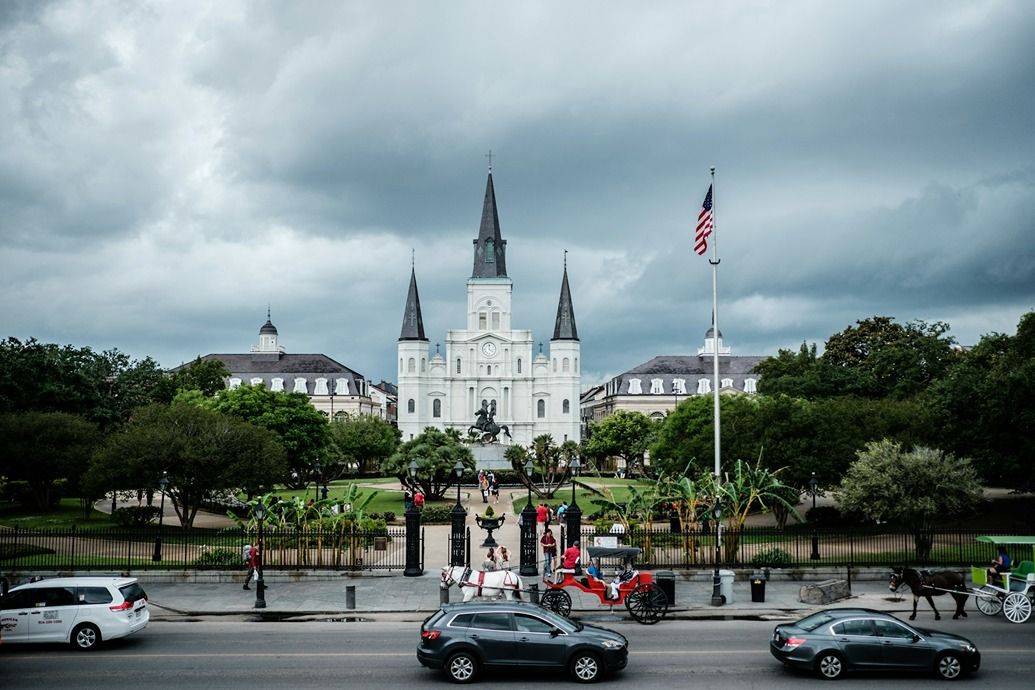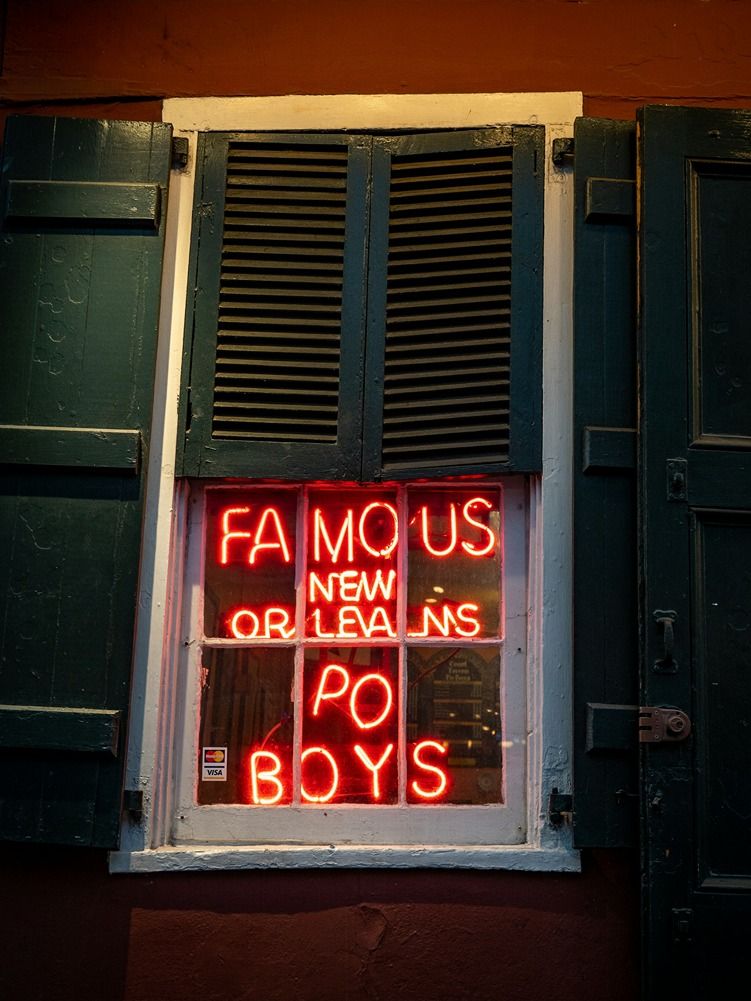What is a N'aw'lins Ax'ent?
The name of this magazine causes confusion with people who are not familiar with the New Orleans accent, also called the Yat accent.
Though it's not as prevalent as it was perhaps 50 years ago, the New Orleans accent is distinct from the rest of the South and is more closely related to the historical accents of other port cities, especially New York. Many people with a strong Yat accent have been asked at some point if they're from Brooklyn, for example.
The banks of the Mississippi River were home to Native Americans for tens of thousands of years. The Chitimacha Tribe and sub-tribes most notably inhabited what is now New Orleans, and they were slowly forced out of the area beginning when Robert Cavelier, Sieur de La Salle claimed the region for the French crown in 1682, which ended with a devastating war and spreading of diseases from French colonists between 1706 and 1718. New Orleans was officially founded by Jean Baptiste Le Moyne de Bienville in 1718, then ceded to Spain in 1723. It was returned to France in 1800 before Napoleon made the Louisiana Purchase on December 20, 1803. The historic deal saw 828,000 square miles of land sold to the United States. French was the predominant language spoken, written, and printed in the 1800s despite becoming an official American city.

Due in part to the Port of New Orleans, large waves of immigrants settled here. The Haitian Revolution that ended in 1804 and Ireland's Potato Blight from 1845 to 1852 were two events that notably increased the city's population. English-speaking Americans started taking up residence on the western side of the city. Germans, Sicilians, Chinese, Filipinos, and Ashkenazi Jews also found their way here in the 1800s and early 1900s.
The American Civil War in the 1860s ushered in the use of English by more New Orleanians, and it was the dominant spoken and printed language by the 1920s. L'Abeille de la Nouvelle-Orléans, a mostly French-language newspaper also known as The New Orleans Bee, ceased operations on December 27, 1923, after 96 years of publication.
"New Orleans was the second leading port of entry in the United States during the antebellum period. Between 1820 and 1860, over 550,000 immigrants came through New Orleans, although the Crescent City lagged far behind its top competitor, New York City," according to Louisiana's Department of Culture, Recreation, and Tourism.
New Orleans & New York
There is another link between New York and New Orleans besides immigration—commerce. Both cities had booming ports, which also fostered prosperous trade and financial systems. The Foreign Trade Zones Act of 1934 was passed in order to encourage foreign commerce. The city of New York received the first Foreign Trade Zone designation on January 30, 1936, and the Port of New Orleans received the second on July 16, 1946.

The late linguistics researcher William Labov wrote in his 2007 University of Pennsylvania research paper "Language: Transmission and Diffusion" that the "history of New Orleans points to repeated and extensive connections with New York City." He continued, "The city of New Orleans had intimate and complementary relations [with New York], as the port of shipment for the cotton trade financed by New York bankers. We find many descriptions of commercial and social relations between New Orleans and New York in the five-volume history of The Older Merchants of New York City by John Scoville (1885); the typical pattern involves movement of New Yorkers to New Orleans."
Professor Labov found a strong link between Jewish bankers and merchants in New York and New Orleans going back centuries. "We can see how intimate the relations were between the Jewish population of the two cities by examining [Bertram Wallace] Korn's history 'The Early Jews of New Orleans,' which deals with social and business relations from 1718 to 1812. References to New York City are found on 55 pages, more than any other city."
Professor Labov received a letter in regard to his research of this link. Mr. Herman S. Kohlmeyer of A.G. Edwards Investment Firm wrote to him, "I am the great-grandson of some of our top cotton merchants. They were all German Jewish immigrants who came over in the 1830-1860 era. I remember very well friends of my father's generation who talked about how hard they 'woiked' before they went home to their house on 'Foist' Street. That was very much our upper class speech, as much with the Christians and with the Jews."
Specifics of NOLA's Accent
Notable features of the New Orleans accent that can be heard in the New York accent include the use of non-rhotic words. The accents drop Rs so that "the Quarter" might sound more like "the Quorta," "Ward" sounds like "Wahd," and Mardi Gras may sound like "Mawdi Gras."

Professor Labov cited musician Dr. John as an example of the sharper A sound in words such as "fancy" and "answer," writing, "As further evidence of the weakness of the open syllable constraint in New Orleans, one may consider the speech of Dr. John (Mac Rebennack), a prominent representative of New Orleans musical tradition who grew up in the Third Ward of the city at mid-century. In a broadcast of March 16, 2005, Dr. John showed the pattern of tense and lax short-a. Dr. John's tensing pattern includes nasals, voiced stops and voiceless fricatives, as in New York City, but open syllable words are treated in the same way as closed syllables."
The Yat accent, though, seems to be disappearing, and, soon, there will come a day when that New Orleans accent can only be heard in audio recordings and videos of people no longer with us. As local musician Benny Grunch would say, it "ain't dere no more."

